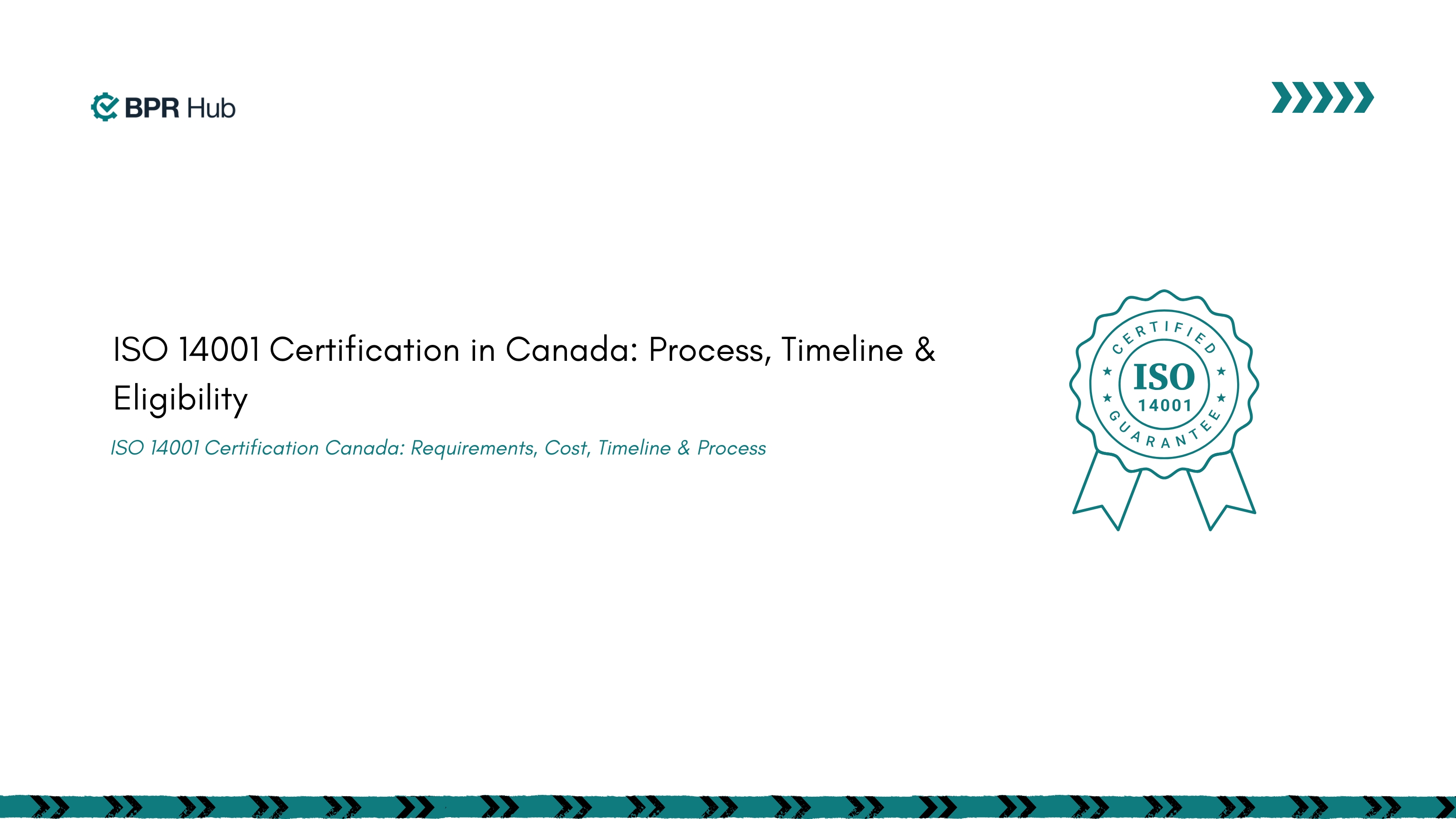Did you know that over 30% of medical device recalls are due to software issues? This highlights the importance of ISO 13485 software development in ensuring safety and compliance. This statistic underscores the need for strong software development practices in the medical device industry.
As medical software becomes more complex, adhering to ISO 13485 is critical for companies to ensure patient safety, comply with strict regulations, and build trust in a competitive market.
This guide explores ISO 13485 software development, covering its core aspects, key benefits for developers, and actionable strategies to streamline compliance and remain competitive in this dynamic industry.
What Is ISO 13485 and Why Does It Matter for Medical Software?
Understanding ISO 13485 is the first step toward ensuring compliance and market success for your medical software. This section outlines its purpose and relevance for developers. ISO 13485 outlines the requirements for a quality management system (QMS) that medical device manufacturers, including software developers, must follow.
It ensures that medical devices and related software meet regulatory requirements consistently, with a focus on:
- Risk management: Addressing safety concerns throughout the product lifecycle.
- Regulatory compliance: Satisfying global and regional standards like FDA and EU MDR.
- Product quality: Building software that meets stringent industry standards.
By adhering to ISO 13485, you can ensure your software meets both regulatory demands and user expectations, paving the way for smoother market entry and higher customer trust. With a solid grasp of ISO 13485’s significance, it’s time to explore the core components that serve as the foundation for compliant and reliable medical software development.
Core Components of ISO 13485 for Medical Software Development
Achieving ISO 13485 compliance starts with understanding its essential components and their role in medical software development. These components are the building blocks for creating a reliable, safe, and compliant product.
- Design and Development Controls: ISO 13485 emphasizes rigorous design and development controls to ensure software meets safety and functionality standards. Developers must document every phase of the process, from planning and design to verification and validation.
- Risk Management: Compliance requires integrating ISO 14971, a complementary standard for risk management in medical devices. This involves identifying, evaluating, and mitigating risks associated with software use.
- Documentation and Traceability: Clear documentation and traceability are essential. Maintaining a detailed record of design inputs, outputs, changes, and test results helps ensure accountability and supports audits.
- Change Management: Medical software development is iterative. ISO 13485 mandates robust change management processes to document and evaluate the impact of updates on compliance and safety.
- Supplier and Partner Management: If third-party vendors or partners contribute to your software, ISO 13485 requires their compliance with relevant standards to minimize risks.
Each of these components plays a crucial role in ensuring your software development process is robust, traceable, and compliant with international standards. With a clear understanding of ISO 13485’s core components, let’s shift focus to the specific considerations and requirements for software engineers integrating ISO 13485 into medical software development.
Software Development and ISO 13485
The integration of ISO 13485 into medical software development requires a high level of precision and attention to detail. This section explores three key aspects that software engineers must address to meet compliance requirements.
- Stringent Requirements for Software Engineers: Software engineers must adhere to strict regulatory standards when developing medical software. This includes implementing best practices in coding, testing, and documentation to meet ISO 13485’s quality benchmarks.
- Design Controls and Traceability Protocols: ISO 13485 mandates the use of robust design controls and traceability protocols. These ensure that every design input, output, and change is well-documented and traceable, enabling transparency throughout the development lifecycle.
For example, Inossia transitioned from a paper-based system to an electronic Quality Management System (eQMS). This shift streamlined their documentation processes and enhanced traceability, enabling them to achieve ISO 13485 certification efficiently. Modern tools like eQMS can be instrumental in managing software development workflows and ensuring compliance.
- Ensuring Device Effectiveness and Safety: Medical software is often classified as a medical device. ISO 13485 emphasizes that the software must function as intended, ensuring patient safety and device effectiveness. Risk assessments and validation testing play a critical role in this process.
By addressing these aspects, software developers can create products that not only comply with ISO 13485 but also ensure reliability and safety in medical applications. Having explored the key considerations for software development under ISO 13485, let’s now examine the benefits compliance offers to medical software developers.
Benefits of ISO 13485 Compliance for Medical Software Development
In the medical software industry, ensuring patient safety is paramount. However, studies reveal that critical systems can exhibit approximately 1.4 critical defects and 23 non-critical defects per 1,000 lines of code. These defects can jeopardize patient safety, compromise product quality, and lead to regulatory setbacks.
Adhering to ISO 13485 mitigates these risks, providing a robust framework for software development that emphasizes quality, traceability, and risk management. Here’s how ISO 13485 compliance benefits medical software developers
Key Advantages of ISO 13485 Compliance
When it comes to medical software development, adhering to ISO 13485 provides a range of tangible benefits that extend beyond regulatory requirements. Here’s how compliance can elevate your organization:
- Enhanced Market Access: Certification in ISO 13485 unlocks opportunities to access highly regulated markets such as the US, Europe, and Asia. This globally recognized standard demonstrates your commitment to meeting stringent safety and quality requirements, giving you a competitive edge in entering new markets.
- Improved Product Quality: Following ISO 13485’s standardized processes allows you to systematically reduce errors, enhance software performance, and improve overall product reliability. This leads to higher customer satisfaction and increased confidence in your software’s capabilities.
- Risk Reduction: ISO 13485 emphasizes proactive risk management to prevent software malfunctions that could compromise patient safety. By integrating risk assessments into every stage of development, you can minimize vulnerabilities and maintain product integrity.
- Competitive Advantage: Achieving ISO 13485 compliance sets you apart from competitors by showcasing your dedication to global quality standards. It establishes your organization as a trusted provider in the medical software industry, building long-term credibility and trust with clients and partners.
Incorporating ISO 13485 into your operations not only reduces risks but also elevates your reputation as a trusted provider of medical software. To fully capitalize on these advantages, understanding the steps required for ISO 13485 software development compliance is essential.
ISO 13485 compliance is the cornerstone of reliable and safe medical software development. Discover how BPRHub’s innovative solutions can simplify your compliance process, optimize workflows, and ensure you meet global regulatory standards seamlessly. Book a demo today.
Let’s explore how to achieve effective compliance with ISO 13485 for medical software.
Steps to Achieve ISO 13485 Compliance for Medical Software
Achieving compliance with ISO 13485 requires a clear roadmap and meticulous planning. Organizations must adopt a strategic approach to meet the standard's rigorous requirements while ensuring efficiency in their processes.
Key Steps for Achieving ISO 13485 Compliance
- Step 1 - Perform a Thorough Gap Analysis: Begin by assessing your current processes against ISO 13485 requirements. Identify areas of non-compliance and prioritize them based on risk and business impact.
- Step 2 - Develop or Enhance Your QMS: Build a Quality Management System (QMS) tailored to your organization’s processes. Ensure it includes essential elements such as documentation, risk management procedures, and process controls.
- Step 3 - Train Your Team: Provide training to all employees involved in software development and quality assurance. Make sure your team understands their roles in achieving compliance.
- Step 4 - Implement Risk Management Practices: Integrate ISO 14971 for systematic risk management. Continuously identify, evaluate, and control risks throughout the software development lifecycle.
- Step 5 - Establish Traceability and Documentation: Ensure that all design, development, and testing phases are well-documented. Use traceability matrices to link design inputs, outputs, and testing results.
- Step 6 - Conduct Internal Audits: Perform regular internal audits to evaluate compliance. Identify and rectify non-conformities before undergoing external certification audits.
- Step 7 - Partner with Experts: Consider leveraging tools like BPRHub to simplify compliance workflows. Automated solutions can reduce manual effort and improve accuracy in documentation and reporting.
By following these steps, you can lay a solid foundation for compliance, build trust with customers, and ensure your medical software meets global quality standards. Let’s now explore how BPRHub can simplify your ISO 13485 software development compliance journey with advanced tools and streamlined processes.
Streamlining ISO 13485 Compliance with BPRHub
Achieving ISO 13485 compliance can be complex, especially for those involved in ISO 13485 software development and managing intricate workflows. BPRHub simplifies this process with tools like compliance management, automated workflows, and real-time analytics.
With BPRHub, you can tackle compliance challenges confidently, allowing you to focus on building high-quality medical software that meets global standards.
While BPRHub supports various compliance needs, its solutions are tailored to manufacturing and quality management processes. Explore how BPRHub can transform your compliance efforts.
FAQ’s
1. What is ISO 13485?
ISO 13485 is a quality management standard tailored for the medical device industry, including software developers. It ensures safety, reliability, and regulatory compliance.
2. Is ISO 13485 mandatory for medical software developers?
While not always mandatory, ISO 13485 is essential for accessing regulated markets and ensuring your software meets safety and quality standards.
3. What are the key benefits of ISO 13485 compliance?
Compliance improves product quality, reduces risks, enhances market access, and provides a competitive advantage.
4. How does ISO 13485 address risk management?
The standard incorporates ISO 14971 for risk management, requiring developers to identify, evaluate, and mitigate risks associated with their software.
5. How can BPRHub help with ISO 13485 compliance?
BPRHub simplifies compliance by automating workflows, managing documentation, and providing real-time analytics to identify and mitigate risks.
Get insights that help you minimize risks and maximize profits.
Dive deeper into manufacturing compliance with our free resources.
We get it, compliance can get tough.
Here are some additional resources to help.
We get it, compliance can get tough. Here are some additional resources to help.
Get updates in your inbox

.svg)
%20(1).svg)


.jpg)
.jpg)

%20(1).svg)

.avif)

